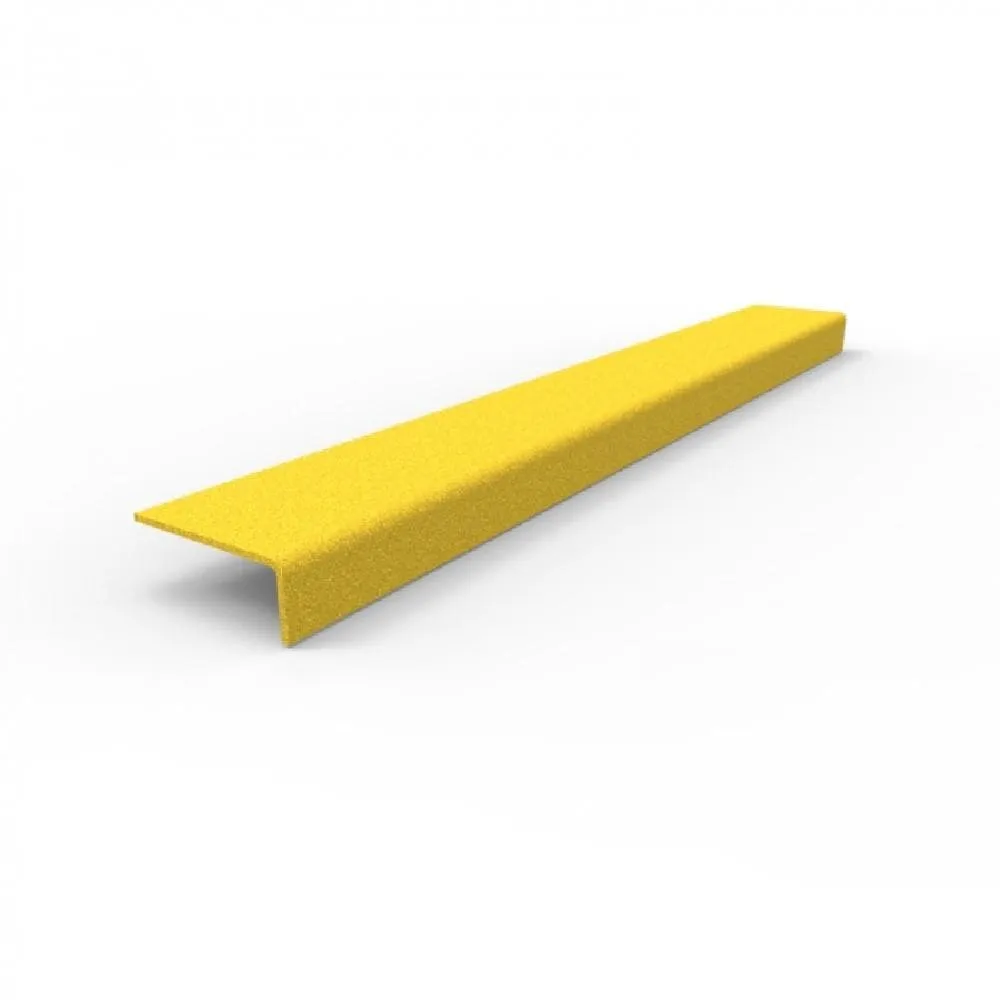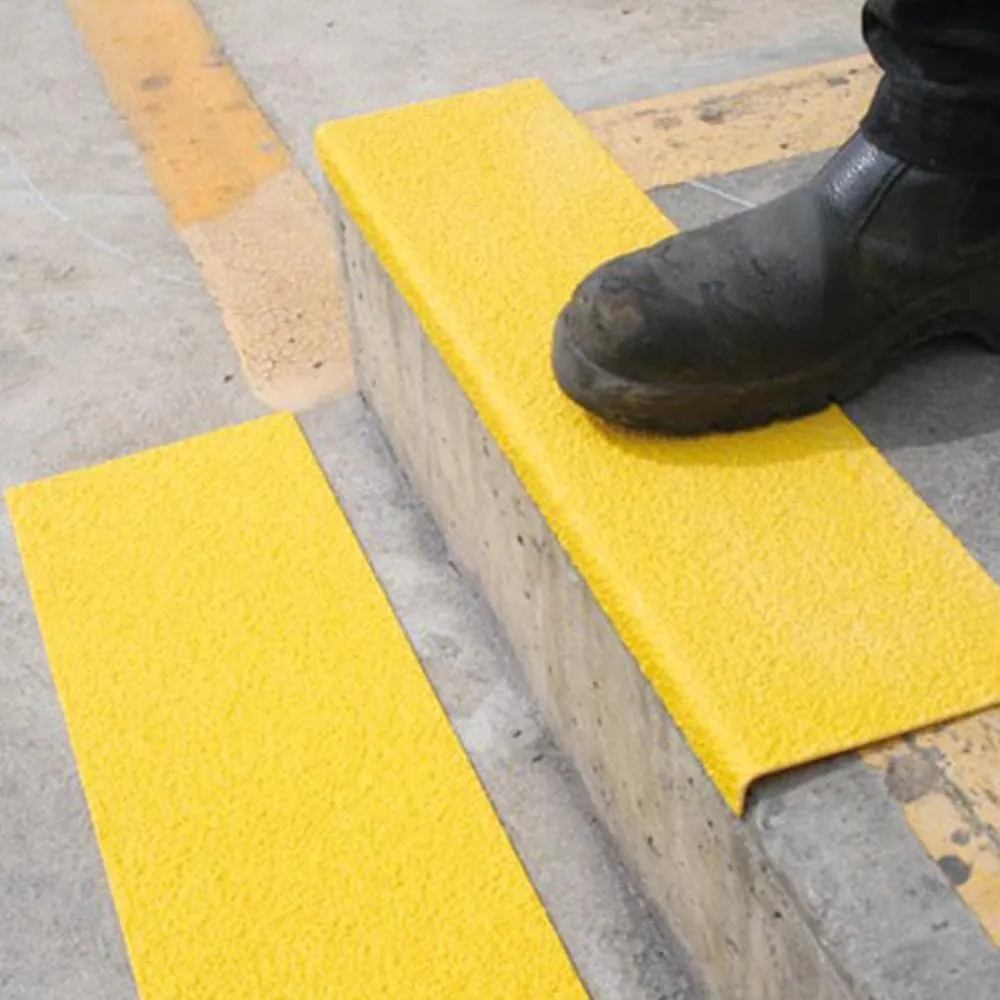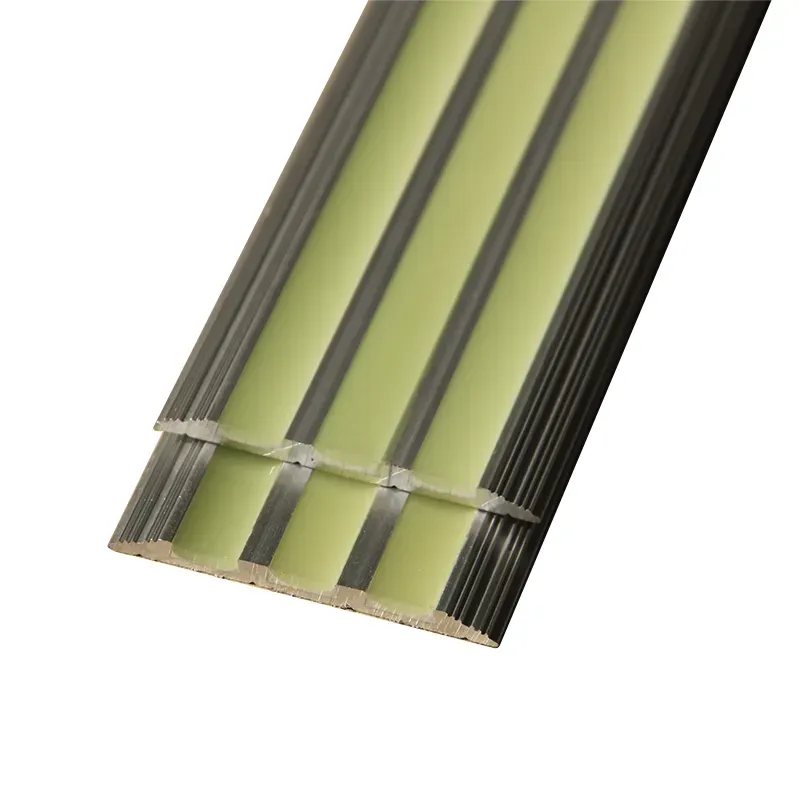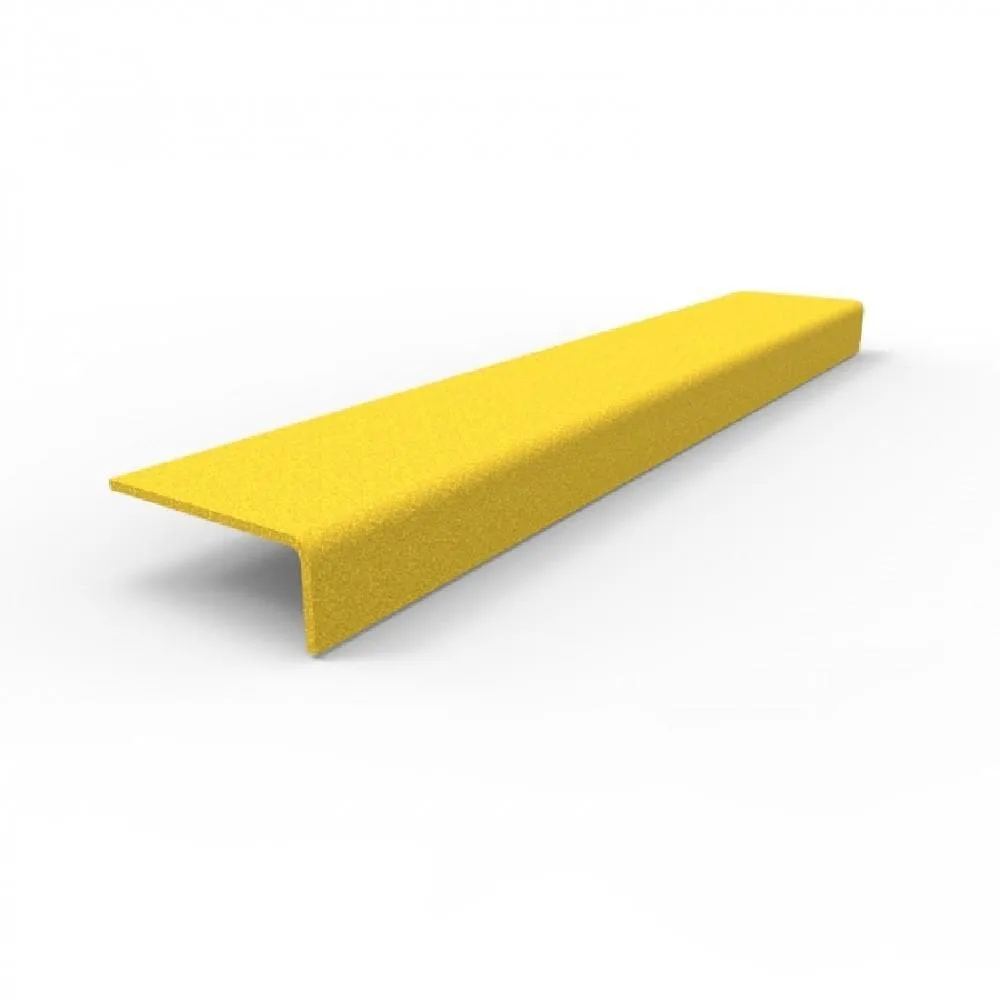
Great things in business are never done by one person. They’re done by a team of people. We have that dynamic group of peoples
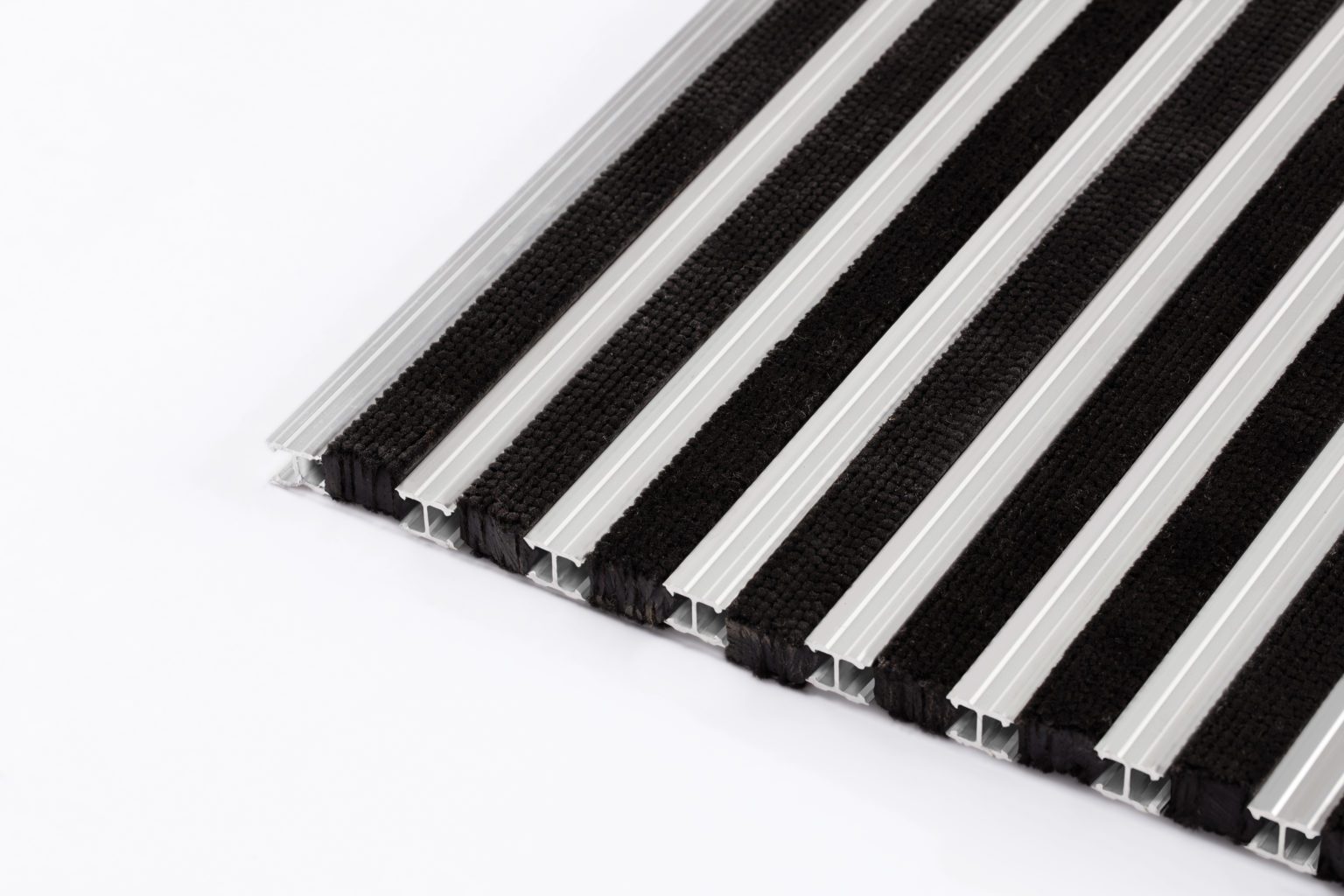
the history and evolution of aluminum entrance matting
Discover the history and evolution of aluminum entrance matting, from early rubber and coir mats to today’s advanced, highlight key milestones and innovations.
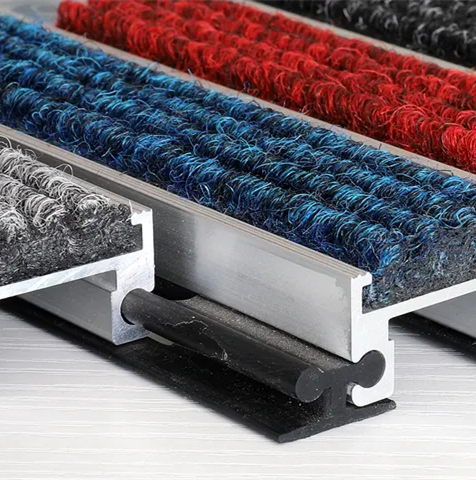
Why Choose Aluminum for Entrance Matting Design?
The use of aluminum in entrance matting has revolutionized design and functionality. The aluminum entrance matting is vital for maintaining clean and safe.

How to Fix Scratches on Stair Nosings
A common question we hear from customers is what to do if a stair nosing gets scratched. Can it be repaired? Will it need to be replaced? In our years of experience, we’ve found that the answer depends on one major factor – the material of the stair nosing.

